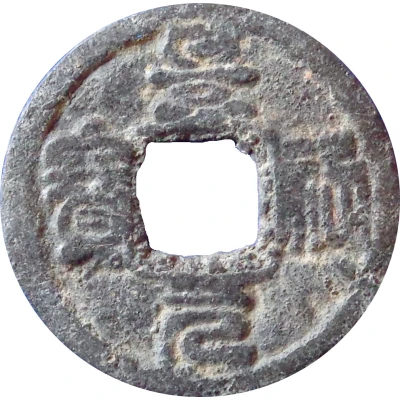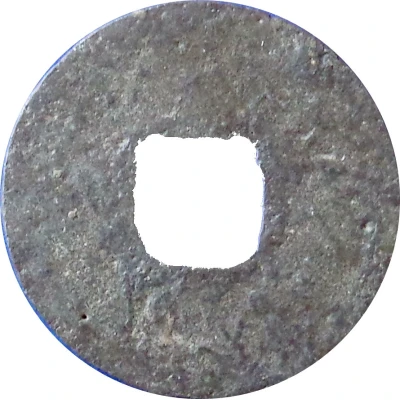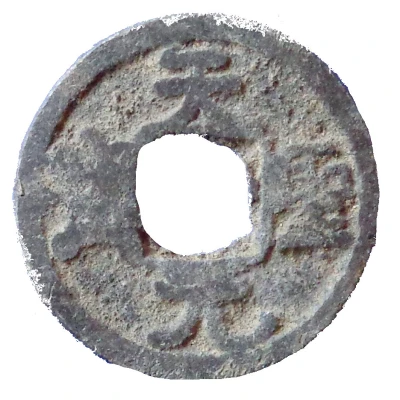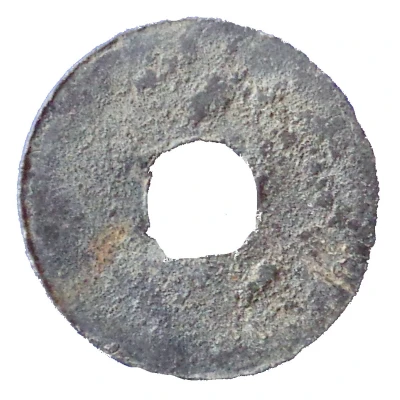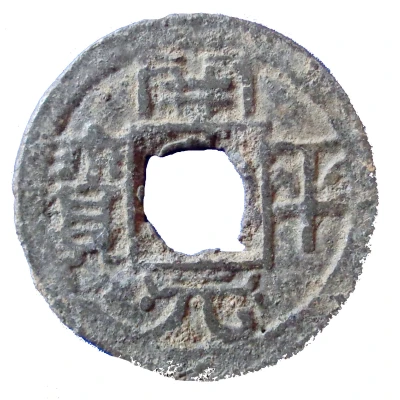
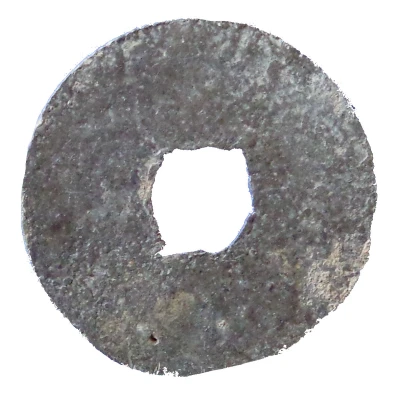

© John3 16
1 Cash - Kaiping (yuanbao; Tin imitation) ND
| Tin | 1.12 g | 20.5 mm |
| Issuer | Malay peninsula (Malaysia) |
|---|---|
| Type | Standard circulation coin |
| Value | 1 Cash |
| Composition | Tin |
| Weight | 1.12 g |
| Diameter | 20.5 mm |
| Thickness | 0.75 mm |
| Shape | Round with a square hole |
| Demonetized | Yes |
| Updated | 2024-10-06 |
| Numista | N#107817 |
|---|---|
| Rarity index | 89% |
Reverse
Plain
Edge
Plain
Comment
Tin local imitation of a chinese cash coin from Kaiping yuanbao in seal script.Found in Musi River (Sumatra, Indonesia).
Different sizes are possible: See pic....
In 1710 tin ore deposits were found on nearby Bangka Island, then controlled by the Sultan of Palembang. The quantity of tin coins minted in the area henceforth increased dramatically and consisted of two types: the first issued under the direct authority of the sultan, mainly small in size with Malay script, and the second issued for the Chinese mining communities on Bangka Island who were allowed to pay a third of their wages in locally produced coins.
This situation continued until the Dutch garrison was massacred by a local force in 1811, preceeding the occupation of Java and Sumatra by the British in 1812. They remained in control until 1816, resulting in the minting of a very distinct issue of Pitis identifying Palembang as part of the state of 'Inglistan' (lot 1417).
Interesting fact
One interesting fact about the Standard circulation coin 1 Cash - Kaiping (yuanbao; Tin imitation) ND from Malay peninsula (Malaysia) made of Tin weighing 1.12 g is that it was used as a form of currency in the Malay Peninsula during the 19th century. The coin was introduced by the British East India Company in the early 19th century as a substitute for the traditional Chinese cash coins that were widely used in the region. The Kaiping tin coins were made of tin, a relatively cheap and abundant metal, and were designed to resemble the Chinese cash coins in shape and size. They were used for small transactions and were widely accepted in the Malay Peninsula and other parts of Southeast Asia. Despite being made of a relatively low-value material, the Kaiping tin coins played an important role in the economy of the region during that time.
